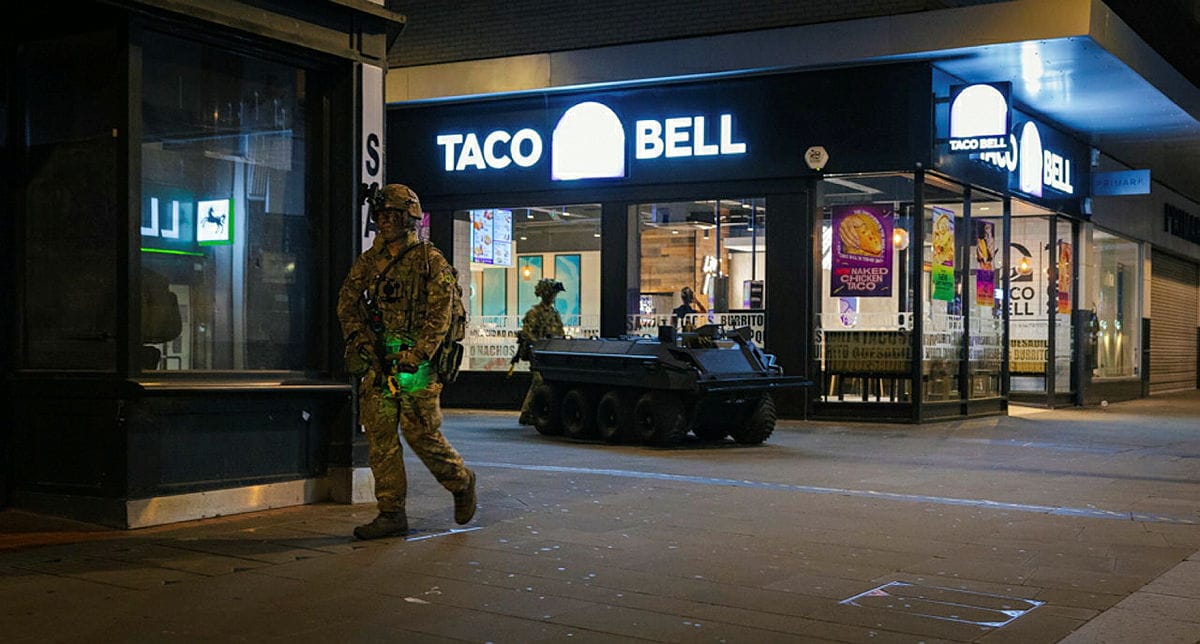The Ministry of Defence (MOD) has re-opened its £300 million Human Machine Teaming (HMT) framework to new participants – as it looks to build out a programme focused on Robotic and Autonomous Systems.
The programme and ongoing procurement is part of the MOD’s attempt to use data and robotics to make faster, more efficient decisions on the battlefield – and to reduce the density of human soldiers where possible.
MOD has re-opened HMT to new participants as militaries globally assess learnings from the ongoing war in Ukraine, which has involved heavy use of drones.
As Alex Millar, CTO to the US Army’s Chief of Staff put it this month to Foreign Policy: “What keeps me up is the cost imposition factor that robotics systems bring. A $1,500 drone can take out a multimillion-dollar aircraft.”
The HMT framework encompasses a number of technologies, including Artificial Intelligence and Machine Learning, Robotics and Autonomous Systems (RAS), Networked Sensors and Effectors, Battlefield Electrification and Novel Weapons. MoD’s current programme has an additional emphasis on the continued development of RAS capabilities.

Stressing on the need to invest in military technology, UK Defence Secretary Grant Shapps, said that “the nature of warfare has fundamentally changed,” in an interview last month. Shapps was commenting on the war in Ukraine showing the might of cyber and electric warfare, and necessitating better human-machine teaming.
Global military spending climbed 9% to a record $2.2 trillion in 2023, according to the International Institute for Strategic Studies. According to the same report, technologies using the RAS model, such as uninhabited maritime vehicles significantly boosted western defence capabilities.
The UK has spent a total of £54.2 billion on defence in the 2022/23 fiscal year, spending £25 billion with UK based manufacturers and service providers. The HMT Framework is part of this expenditure, tagged as “Research and development services and related consultancy services.”
The current HMT framework opening has a headroom of £300 million for the year, with a possibility of the contract extending up to May 2026. With the framework, the MoD aims to experiment and enable Robotic and Autonomous Systems across a “full stack of capabilities.”
The MoD approaches these systems in two ways- one as “Operational RAS”, which support the physical and digital systems that directly affect the battlefield in real time, and the second as “Mission Support RAS”, which support the execution of the operations,including decision support tools.
Participant applications for the framework will be reviewed by the MoD’s Expeditionary Robotics Centre of Expertise, which is part of the Future Capability Group. The tender was published on the 16th of April 2024, and closes on 17th of May 2024.








